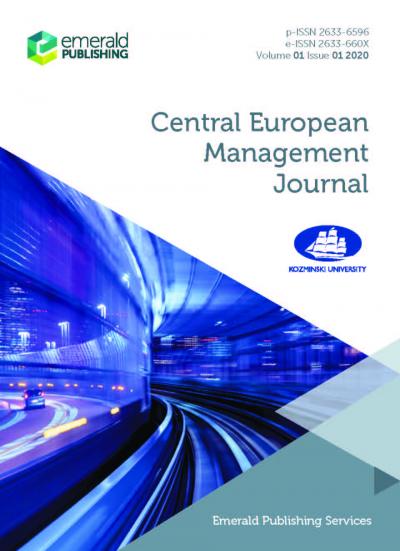The Psychic Distance Concept: A Review of 25 Years of Research (1990–2015)
Mariola Ciszewska-Mlinaric
Kozminski University
Piotr Trąpczyński
Poznań University of Economics and Business
2016 24 (2) Central European Management Journal
DOI 10.7206/jmba.ce.2450-7814.167








